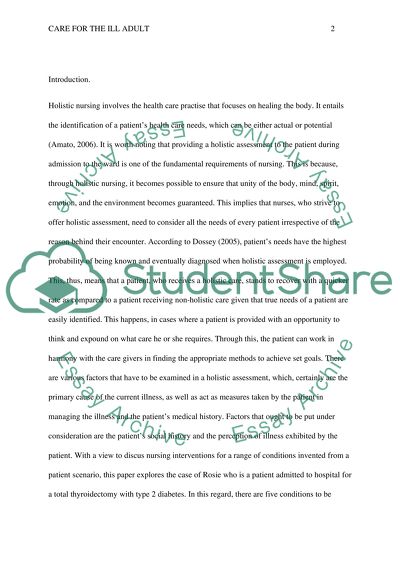Cite this document
(“Care of the Ill Adult Essay Example | Topics and Well Written Essays - 2500 words”, n.d.)
Retrieved de https://studentshare.org/nursing/1403180-care-of-the-ill-adult
Retrieved de https://studentshare.org/nursing/1403180-care-of-the-ill-adult
(Care of the Ill Adult Essay Example | Topics and Well Written Essays - 2500 Words)
https://studentshare.org/nursing/1403180-care-of-the-ill-adult.
https://studentshare.org/nursing/1403180-care-of-the-ill-adult.
“Care of the Ill Adult Essay Example | Topics and Well Written Essays - 2500 Words”, n.d. https://studentshare.org/nursing/1403180-care-of-the-ill-adult.


